Lenovo Debuts Legion Go Gaming Console
The Lenovo Legion Go S: A Handheld PC Review
Handheld gaming PCs have surged in popularity, largely thanks to the Steam Deck. Lenovo's Legion Go S aims to compete, offering a design closer to the Steam Deck than its predecessor. Unlike the original Legion Go, the Go S boasts a unibody design, ditching removable controllers and superfluous buttons for a more streamlined experience. A SteamOS version is slated for later this year, a first for non-Valve handhelds, but this review focuses on the Windows 11 model. However, at $729, the Windows 11 Legion Go S struggles to justify its price against competitors.
Lenovo Legion Go S – Image Gallery
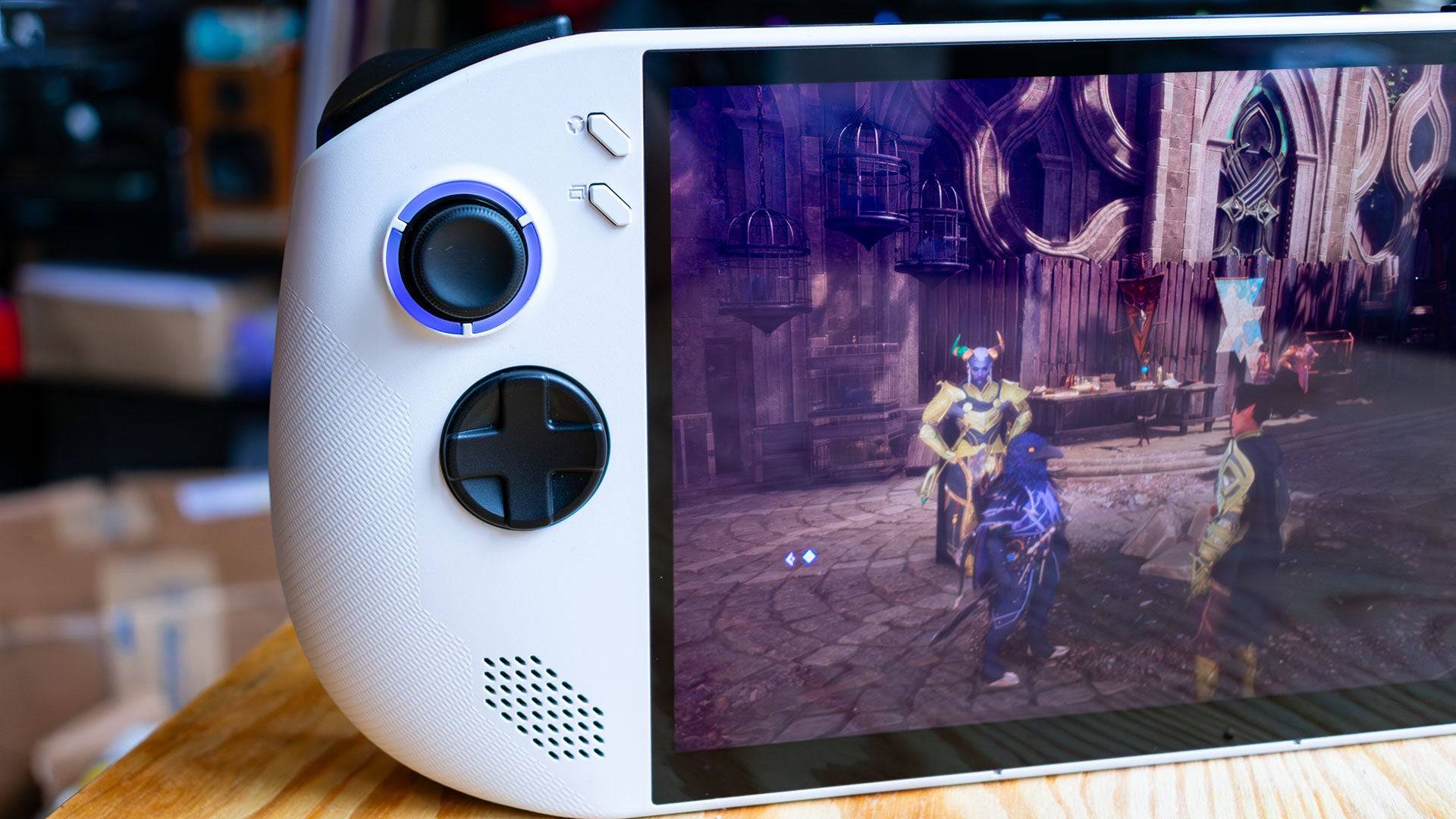
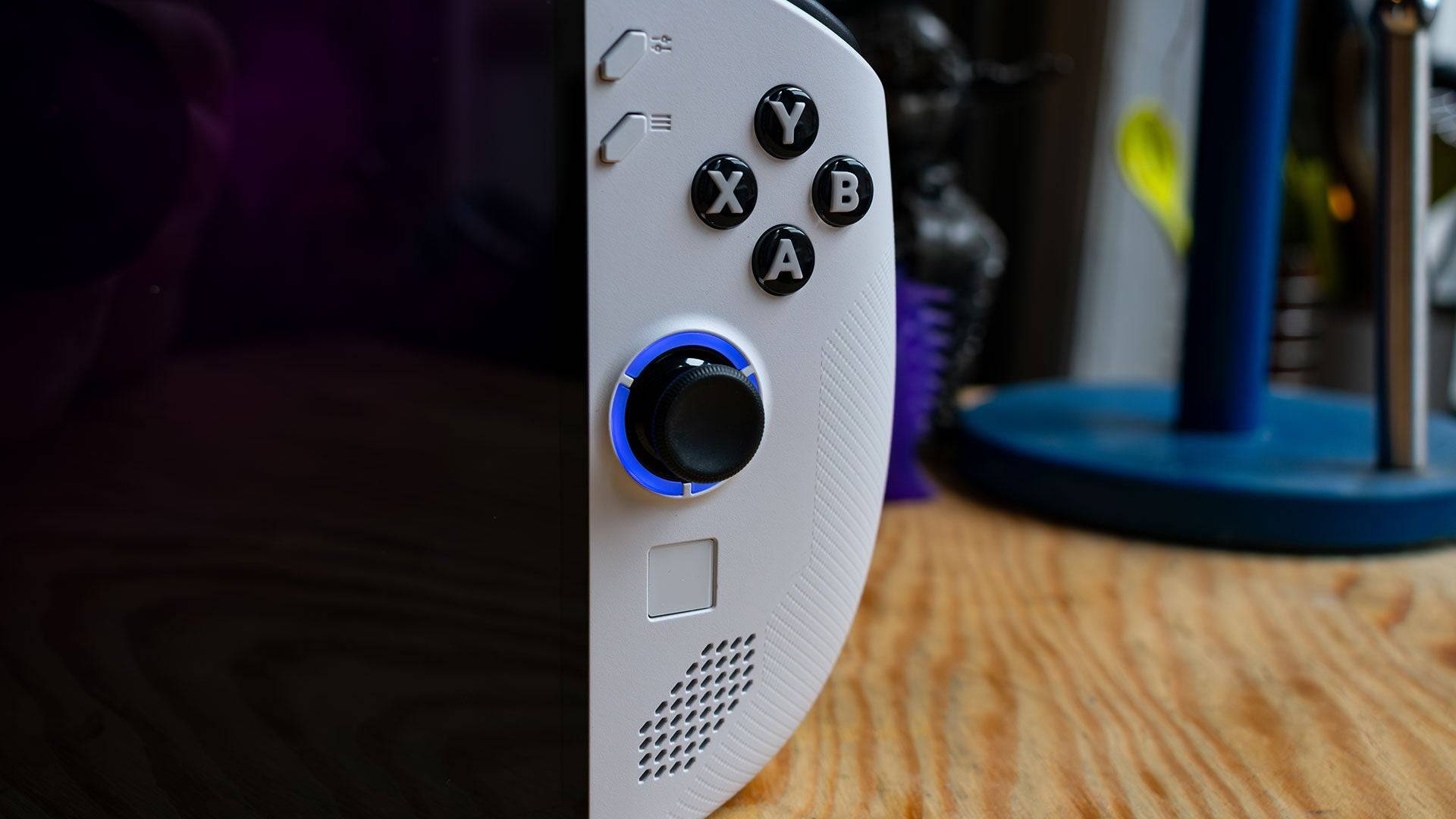 7 Images
7 Images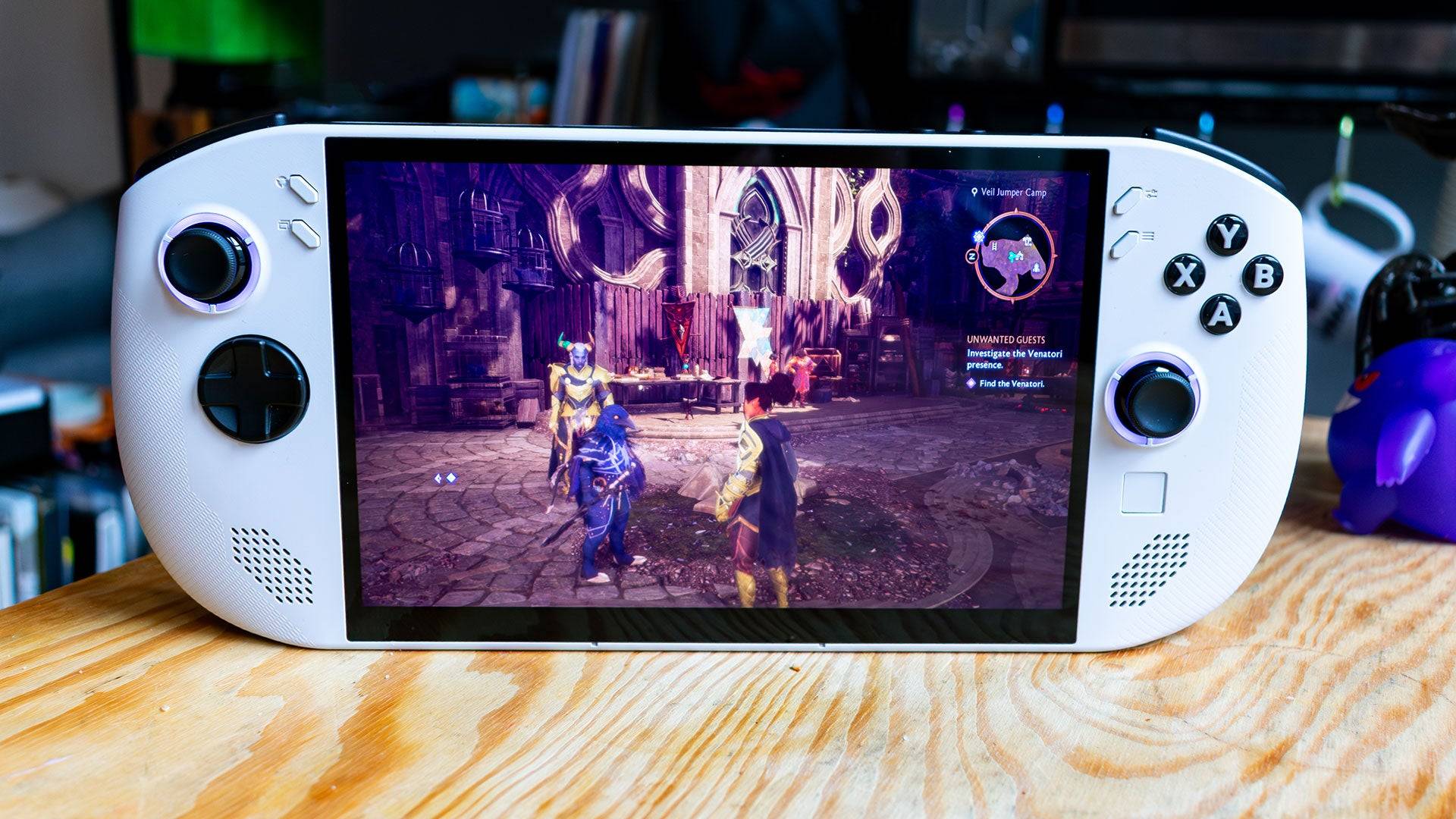
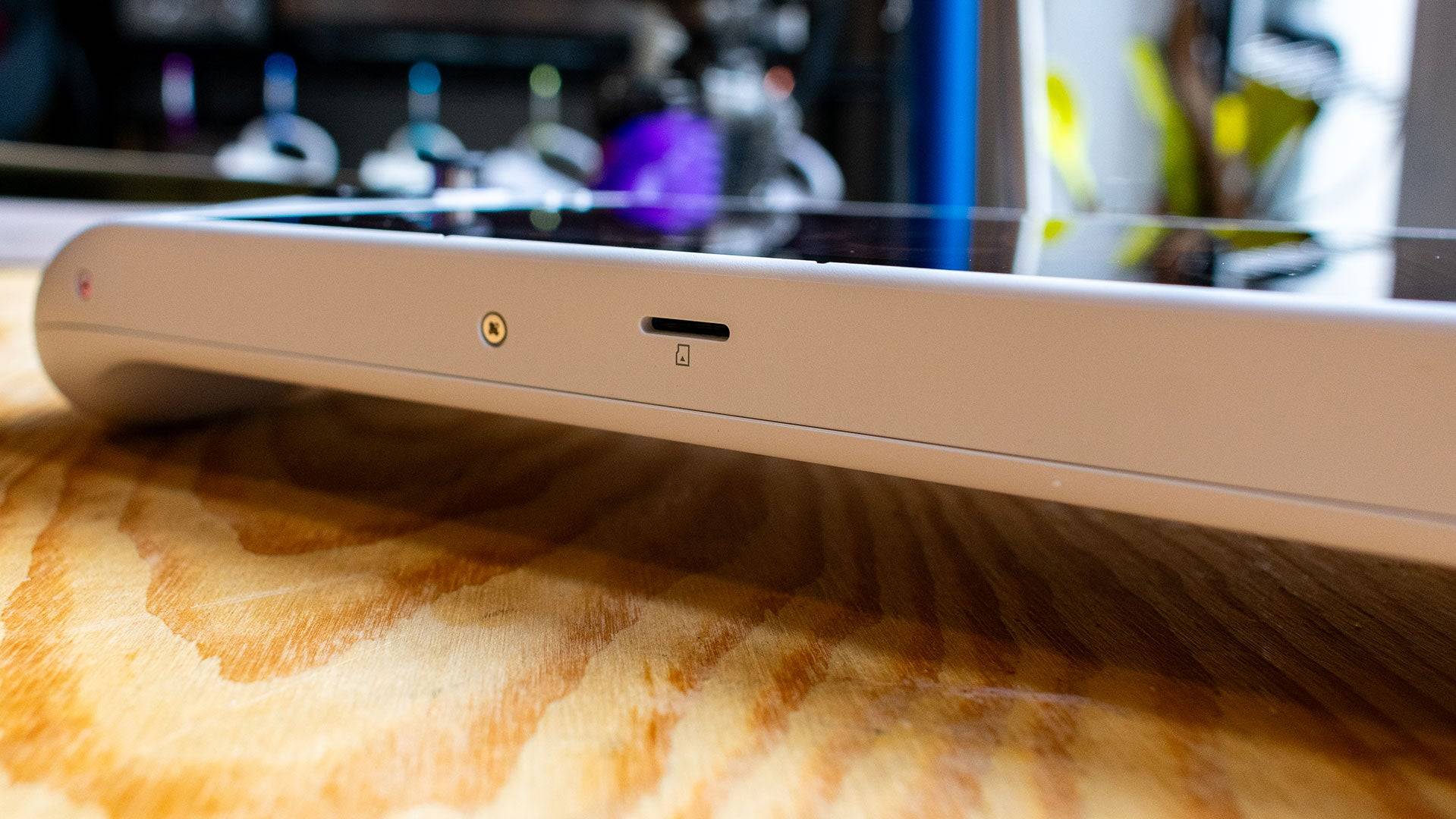
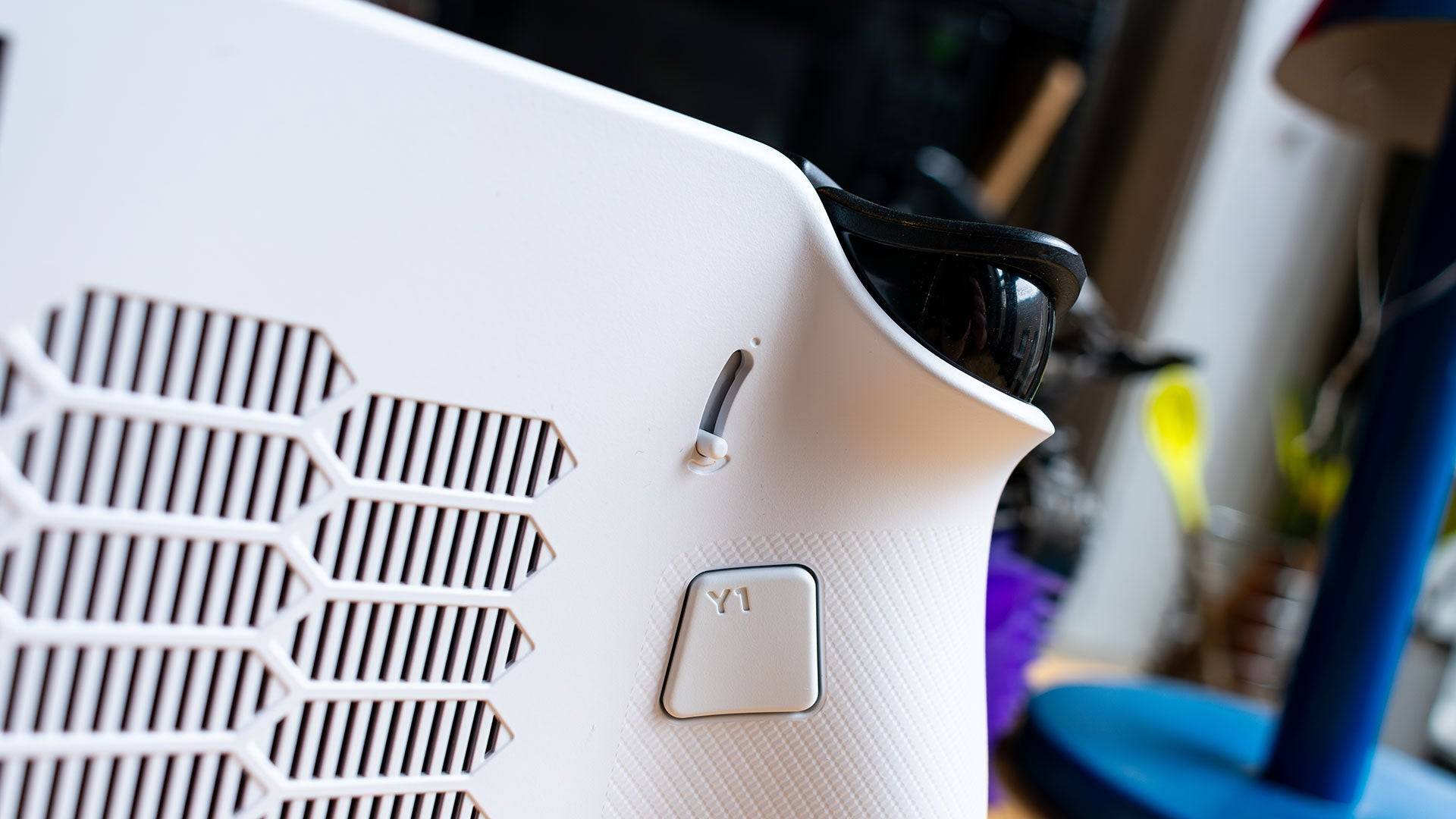
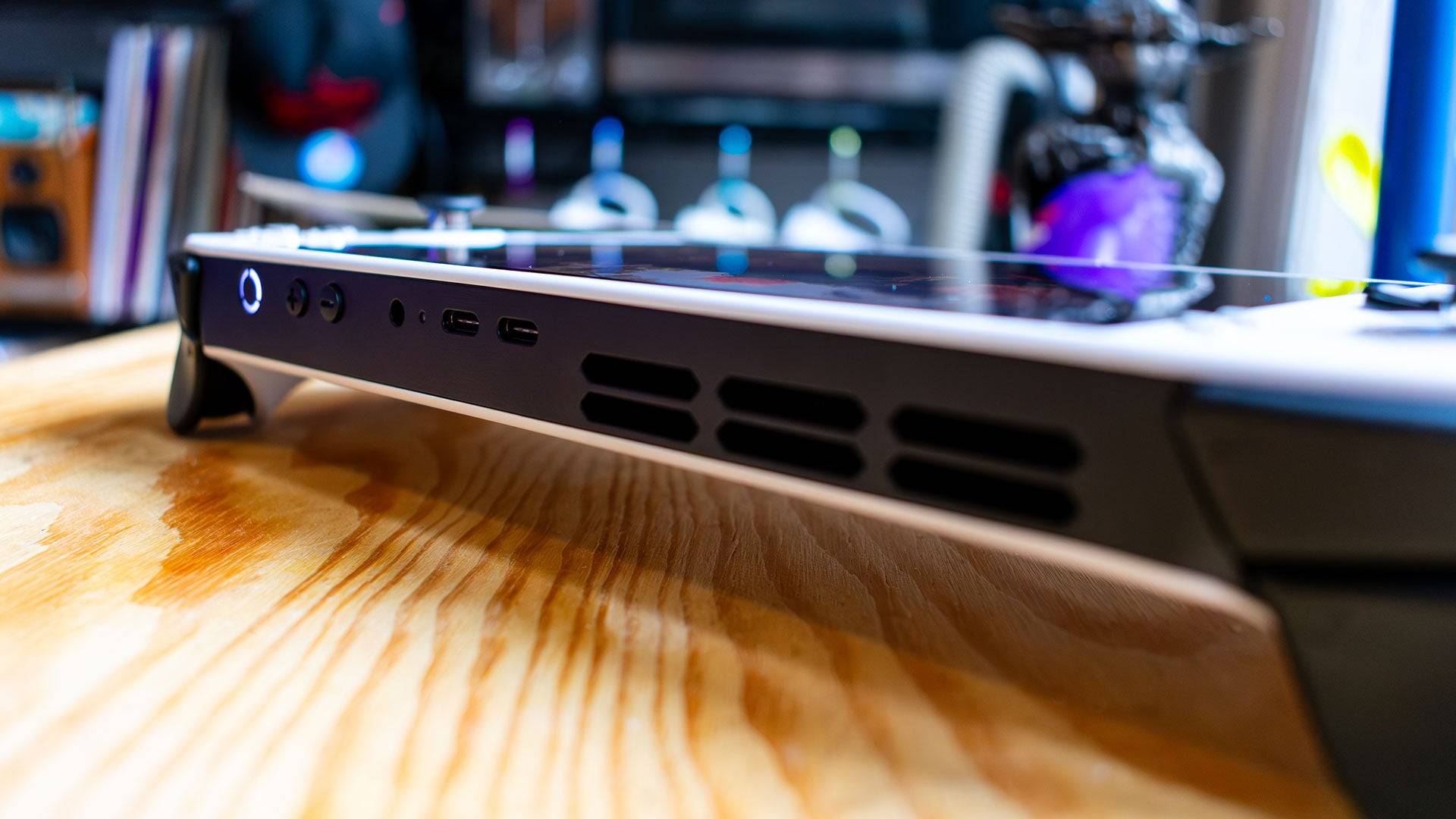
Lenovo Legion Go S – Design and Features
The Legion Go S resembles the Asus ROG Ally more than its predecessor. Its unibody design enhances usability. The rounded chassis offers comfortable grip despite its 1.61-pound weight (heavier than the Asus ROG Ally X but lighter than the original Legion Go).
The 8-inch, 1200p IPS display, boasting 500 nits of brightness, is stunning, rendering games like Dragon Age: The Veilguard and Horizon Forbidden West beautifully. It rivals even the Steam Deck's OLED display.
Available in Glacier White and Nebula Nocturne (purple, exclusive to the SteamOS version), the Go S features RGB lighting around the joysticks. This is easily customizable via an on-screen menu.
Button placement is more intuitive than the original Legion Go, though the placement of Lenovo's menu buttons above the standard 'Start' and 'Select' buttons requires adjustment. These Lenovo menu buttons offer quick access to settings and system functions.
The touchpad, significantly smaller than the original, makes Windows navigation less intuitive. The absence of a mouse wheel, a feature of the original, is noticeable. SteamOS will mitigate this issue for the upcoming version.
The left-side button activates LegionSpace, a software hub for system management and game library access. Rear programmable paddle buttons are improved, offering more resistance. Adjustable triggers offer only two settings: full and minimal travel.
Two USB 4 ports are located on top, while the MicroSD card slot is unusually placed on the bottom.
Purchasing Guide
The reviewed Lenovo Legion Go S (available February 14th) costs $729.99, featuring a Z2 Go APU, 32GB LPDDR5 RAM, and a 1TB SSD. A more affordable 16GB RAM/512GB SSD version will launch in May for $599.99.
Lenovo Legion Go S – Performance
The AMD Z2 Go APU, a Zen 3 processor with 4 cores/8 threads and an RDNA 2 GPU with 12 cores, is not cutting-edge. Benchmark results show it lagging behind the Legion Go and Asus ROG Ally X.
Battery life, at 4 hours and 29 minutes (PCMark10), is shorter than the original Legion Go despite a larger battery (55Whr). The older Zen 3 architecture likely contributes to this.
3DMark benchmarks reveal a performance deficit compared to competitors. Gaming performance is mixed; while it slightly outperforms the original Legion Go in some titles, it falls short in others, particularly at higher settings. Horizon Forbidden West proved particularly challenging.
The Go S excels in less demanding games like Persona 5.
Value Proposition
The $729 price point for the 32GB RAM/1TB SSD configuration is perplexing, exceeding the original Legion Go's price despite inferior performance. The increased RAM is largely unnecessary for the weaker APU. The slower 6,400MHz memory further diminishes performance. While allocating more memory to the frame buffer improves performance, this requires BIOS adjustments, absent from the user guide.
The 16GB RAM/$599 version, however, significantly improves the value proposition.
Poll: Which Handheld Are You Most Excited For in 2025?
AnswerSee ResultsIn conclusion, the Lenovo Legion Go S's high-end configuration is overpriced for its performance. The cheaper model, however, presents a more compelling option within the handheld gaming PC market.
















![Salvation in Nightmare [v0.4.4]](https://imgs.21qcq.com/uploads/36/1719555347667e551321c26.jpg)












